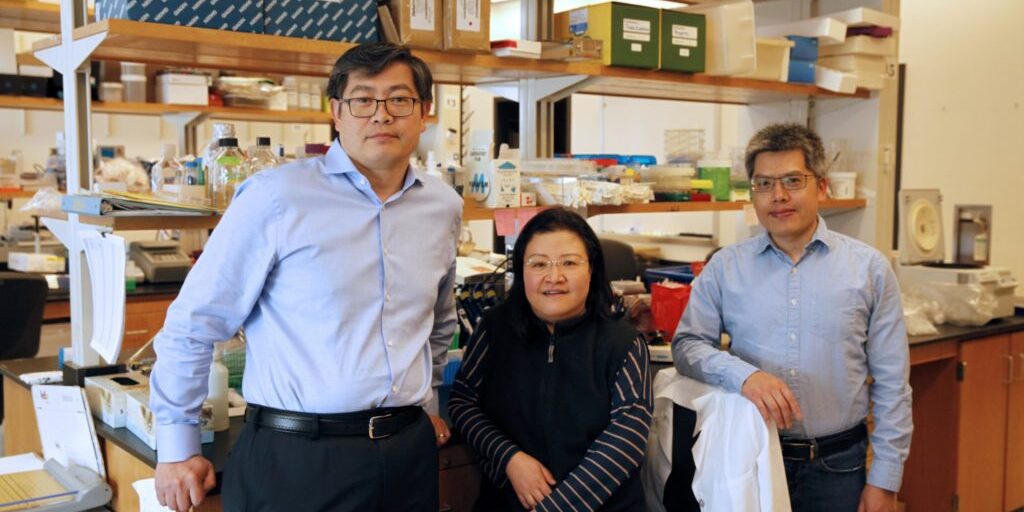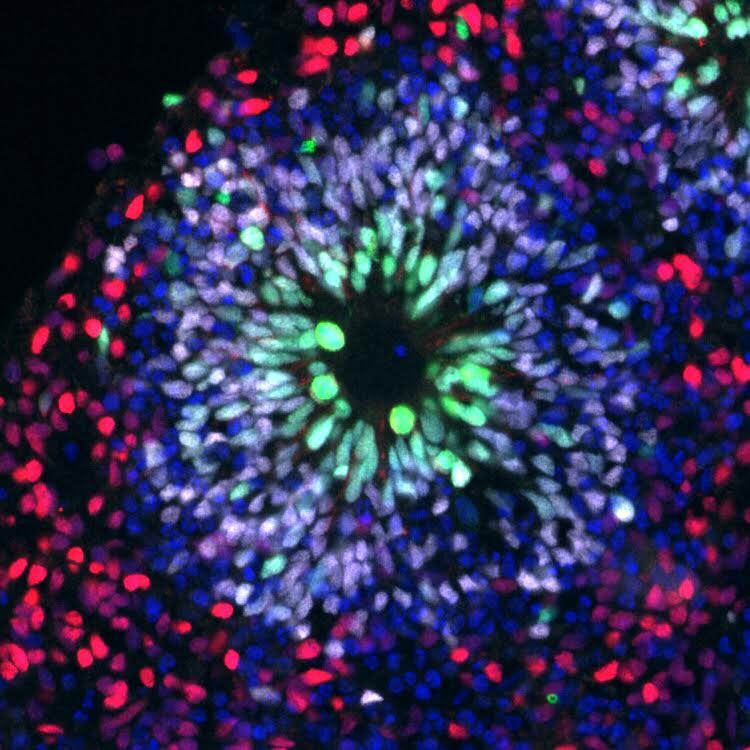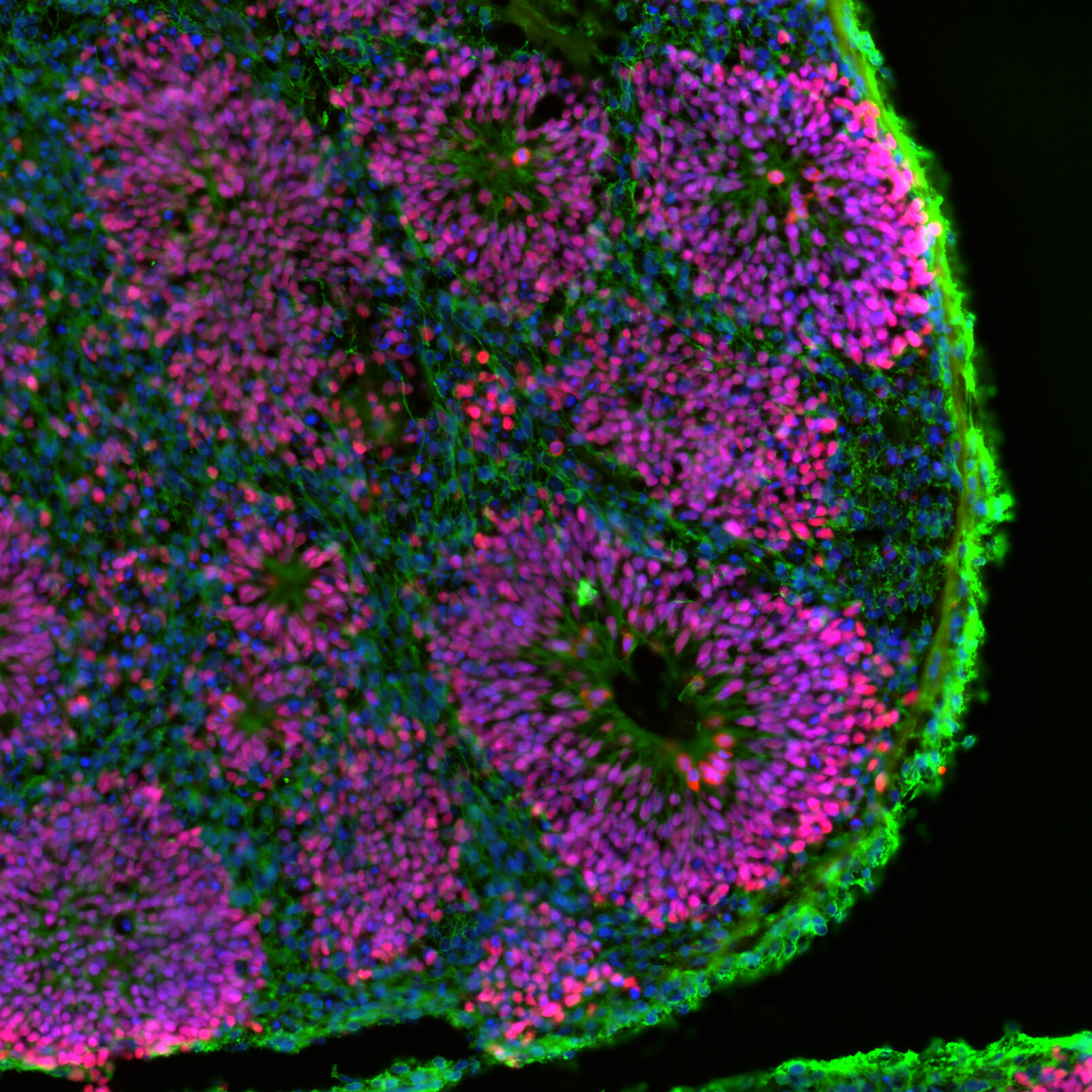Three-Dimensional Model for Identifying Fragile X Treatments

Peng Jin, PhD
Principal Investigator
Yunhee Kang, PhD
Co-Principal Investigator
Yunhee Kang, PhD
FRAXA Postdoctoral Fellow
Emory University School of Medicine
Atlanta, GA
2018-2019 Grant Funding: $90,000
Summary
With a $90,000 grant from FRAXA Research Foundation awarded over 2018-2019, Dr. Peng Jin and Dr. Juhnee Kang at Emory University are developing and analyzing Fragile X syndrome brain organoids to understand the disorder and identify treatment targets.
The Science
By Peng Jin
One of the most exciting recent advancements in stem cell research has been the development of a new model that bridges the gap between mice and humans. Chosen as 2017 Method of the Year by Nature, organoids are tiny, self-organized, three-dimensional tissue cultures grown from stem cells. They can be crafted to model much of the complexity of any organ — even the brain. This new technique affords the opportunity to evaluate potential drug treatments in a model that more closely mimics the human brain than the mouse brain.
Research in 3-D


Using stem cells derived from adult blood or skin cells that have been reprogrammed back into an embryonic-like state, we have established these three-dimensional Fragile X tissue cultures in our lab at Emory University. These cells can be developed into any type of human cell, including neurons. They are then formed into three-dimensional structures, much smaller than a pinhead, that include not only synapses connecting neighboring neurons, but also larger circuits of cells. Since all thought, learning, and consciousness happens at the circuit level in the brain, this is a big step forward from studying cells in a flat dish.
This new technology could potentially revolutionize our way of studying human diseases. These models will allow for sophisticated analyses to understand normal human brain development and the differences when Fragile X syndrome is present.
With this grant from FRAXA, we will characterize this new model in detail and identify potential human-specific treatment targets. Armed with these new models, scientists will have another powerful tool to test potential treatments for people with Fragile X syndrome and shorten the time needed to bring such treatments to market.

